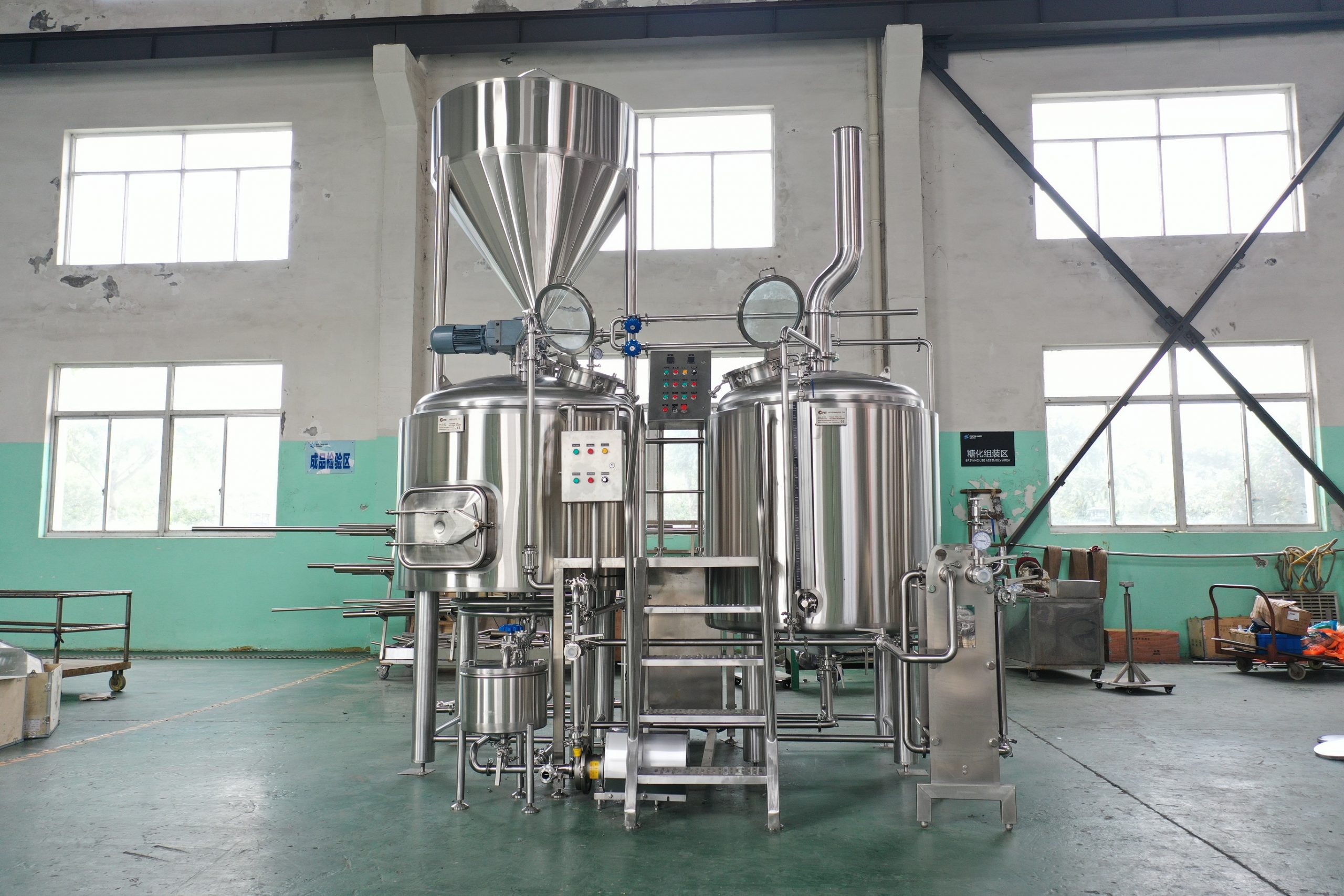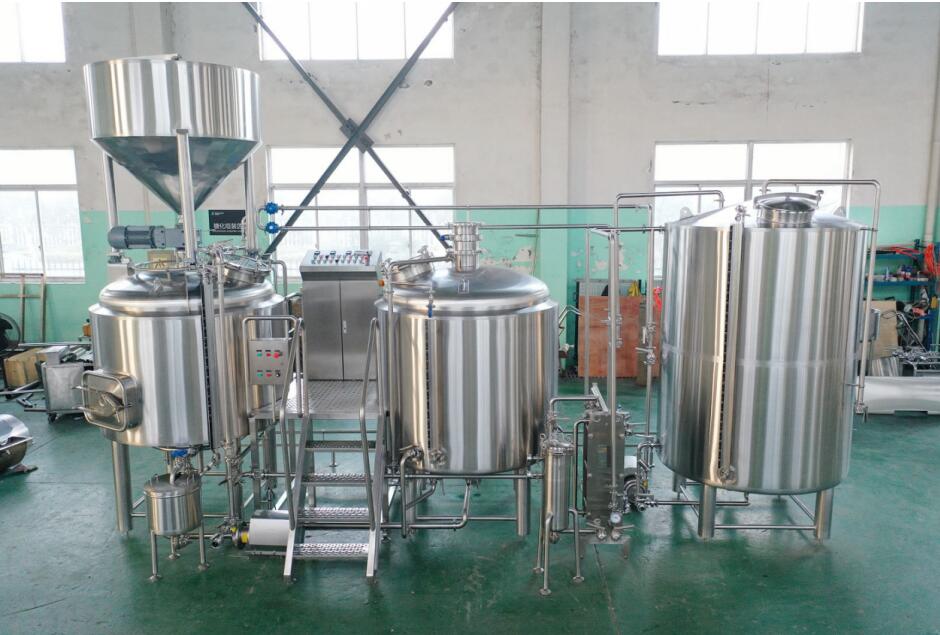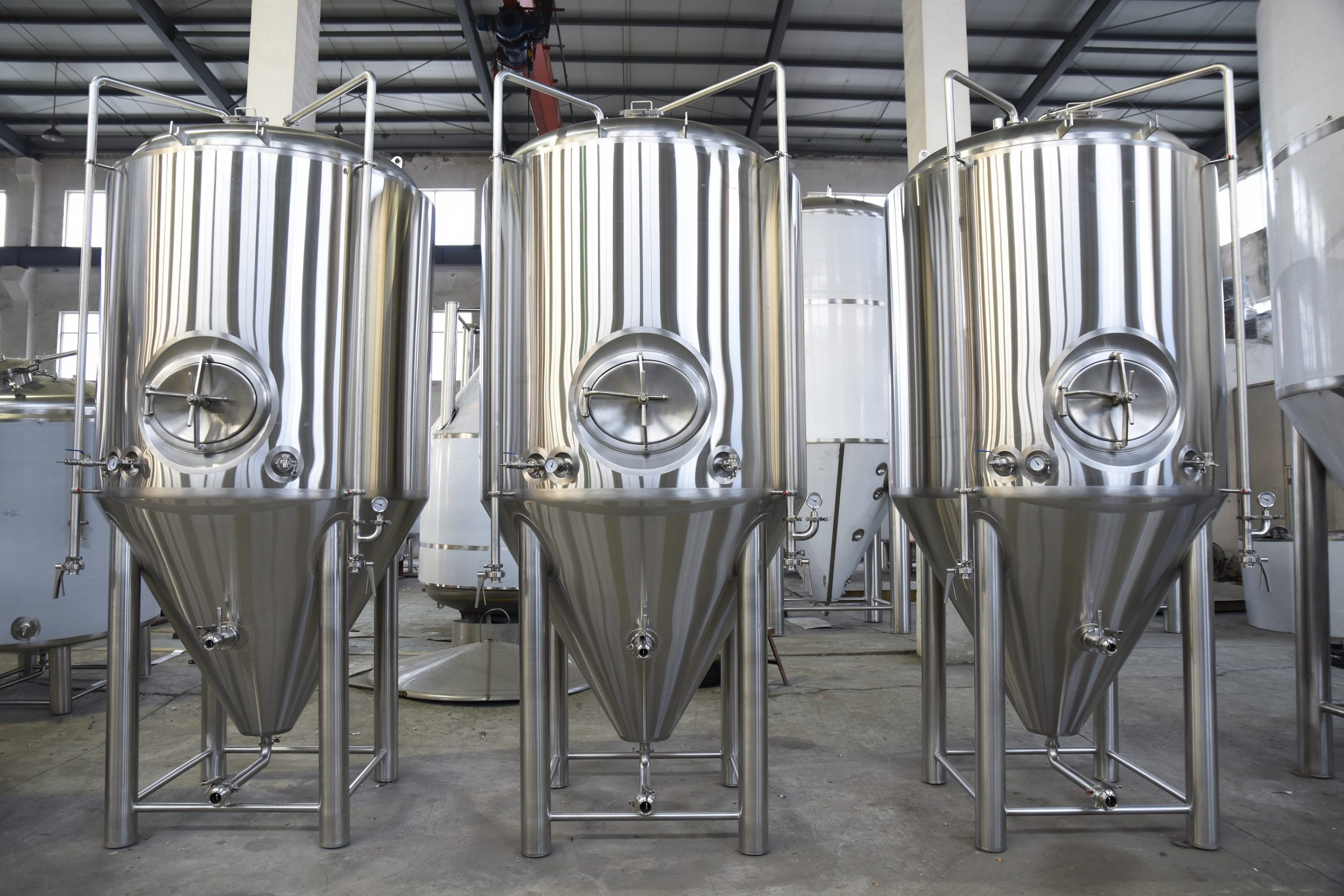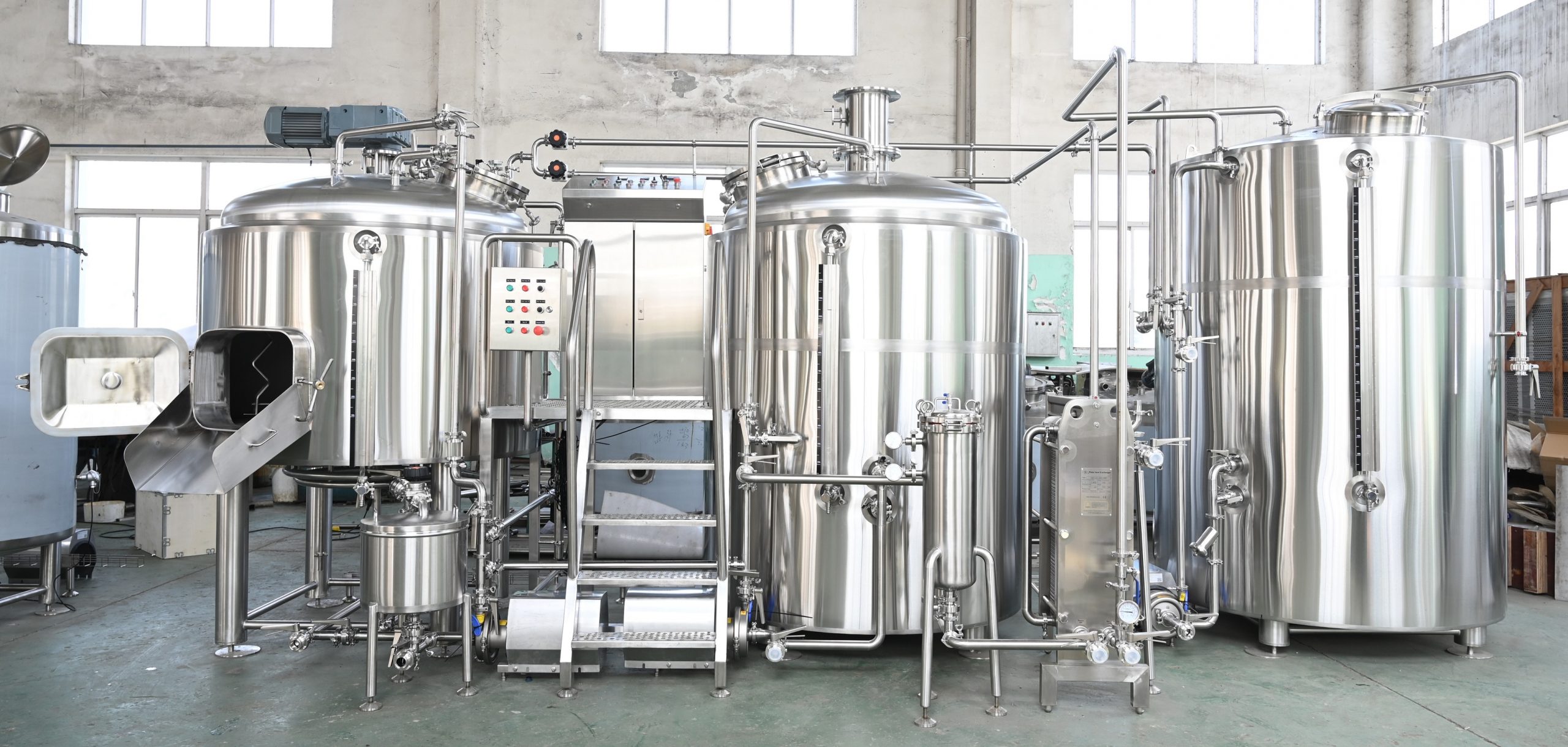
7BBL Brewing System VS. 10BBL Brewing System: Which Is Better For Your Selection?

The choice between a 7-barrel (bbl) brewing system and a 10-bbl brewing system depends on various factors and specific requirements. There isn’t a definitive “better” option, as it ultimately depends on your particular circumstances and goals.
What is the 7bbl brewing system?
A 7bbl brewing system is designed to produce beer in batches, with each batch having a maximum volume of 7 barrels. It typically consists of various components and vessels necessary for the brewing process, such as a mash tun, brew kettle, fermenters, and a bright tank. These vessels are interconnected through pipes and valves to facilitate the movement of beer during different stages of the brewing process. A 7bbl brewing system is often suitable for small to medium-sized breweries, brewpubs, or craft beer operations. It allows brewers to produce a significant volume of beer per batch while maintaining a level of flexibility for experimenting with different recipes and styles.
What is the 10bbl brewing system?
A 10bbl brewing system is larger in capacity compared to a 7bbl system, allowing for the production of more beer per batch. It consists of various vessels and equipment necessary for the brewing process, similar to the components found in other brewing systems. These may include a mash tun, brew kettle, fermenters, bright tanks, pumps, a wort chiller, control systems, and other ancillary equipment. Generally, a 10bbl system is designed to meet the needs of breweries with higher production demands, such as mid-sized craft breweries, brewpubs, or those targeting a wider distribution network.

Here are some points to consider when deciding between the two:
Production Capacity: The 10-barrel system has a larger brewing capacity compared to the 7-barrel system. If you anticipate a higher demand for your beer or plan to expand your operations in the future, the 10-barrel system may be a better choice. It allows you to produce a larger volume of beer per batch, potentially reducing the number of brewing cycles required to meet your production targets.
Cost and Budget: Generally, larger brewing systems come with higher upfront costs. The 10-barrel system may have a higher initial investment, including equipment, infrastructure, and installation expenses. Additionally, operating costs, such as utilities and raw materials, may be higher for a larger system. Consider your budget and financial resources to determine if you can afford the larger system and its associated costs.
Space and Facility Requirements: Brewing systems require dedicated space for installation and operation. A 10-barrel system will typically require more square footage compared to a 7-barrel system. Assess the available space in your facility and ensure it can accommodate the larger system without compromising workflow, safety, or expansion possibilities.
Scalability: If you plan to grow your brewery in the future, the 10-barrel system provides greater room for expansion. It allows you to increase production without the need for significant equipment upgrades or replacements. However, if you have a smaller operation or a niche market, a 7-barrel system may be sufficient and more cost-effective.
Demand and Market Considerations: Evaluate the demand for your beer and the market dynamics in your area. If there is high demand or growth potential, a larger system may be beneficial to meet customer needs. Conversely, if you are targeting a specific niche market or have limited demand, a smaller system might be a better fit.
Brewing Cycle Flexibility: The 7-barrel system can provide more flexibility in terms of recipe experimentation and variety. It allows for smaller batch sizes, which can be advantageous for testing new recipes, seasonal brews, or limited releases. If innovation and variety are essential to your brewery, the smaller system may be preferable.
Demand and Growth Potential: Evaluate your projected demand and growth potential. If you anticipate rapid growth or have a high demand for your beer, a 10-bbl system might be more appropriate to meet future needs. However, if you are starting small and have a slower growth trajectory in mind, a 7-bbl system can provide a suitable starting point.
Energy Efficiency: Larger brewing systems typically require more energy for heating, cooling, and operating the equipment. Consider your energy costs and environmental impact when deciding between a 7-bbl and 10-bbl system. A smaller system may be more energy-efficient and environmentally friendly.
Distribution Strategy: Consider your distribution strategy and target market. If you plan to primarily sell your beer on-site in a taproom or through direct sales to local establishments, a 7-barrel system might be sufficient. However, if you have plans to distribute your beer to a wider geographic area or supply larger accounts, a 10-barrel system could better meet those needs.
Labor and Efficiency: Evaluate your labor resources and desired level of automation. Larger systems often offer greater automation and efficiency, reducing labor requirements. If you have a smaller team or prefer a more hands-on approach, a 7-bbl system might be more suitable.

Conclusion:
Ultimately, there is no definitive answer as to which brewing system is better for your selection. It depends on your specific circumstances, goals, and resources. Carefully analyze your production requirements, financial capabilities, growth plans, and market conditions to make an informed decision that aligns with your brewery’s needs.



















